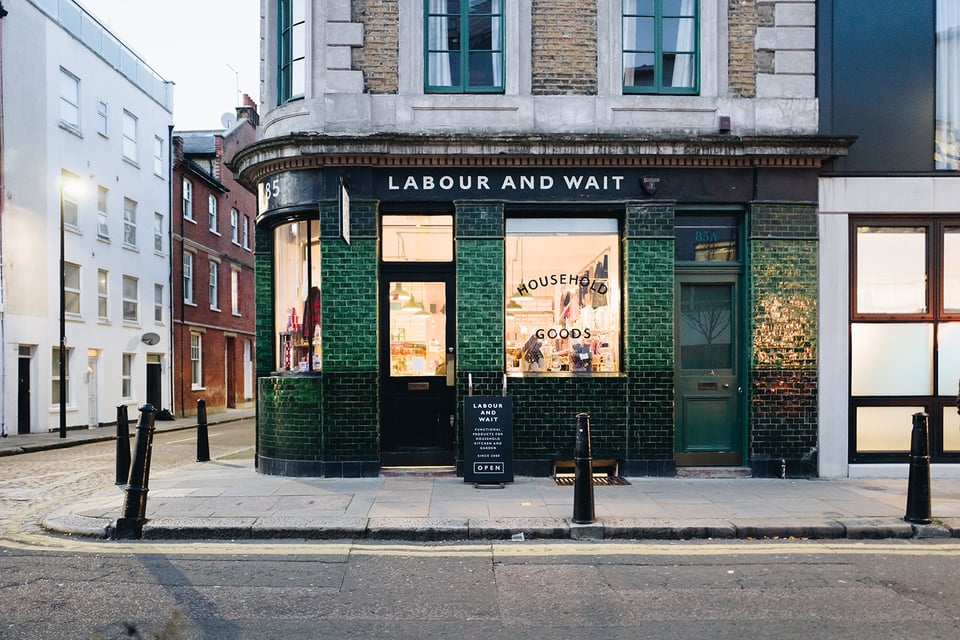
The SBA reopened the Paycheck Protection Program loan portal for the first and second draw on January 11, 2021. Find out if your business is eligible for more funding in this PPP Second Draw FAQ Sheet. Under the new stimulus plan, which was signed into law on December 27, 2020, small businesses impacted by covid-19 can access an additional $284 billion in funding.
If you’re wondering if you should apply for PPP second draw or how soon you can apply, then keep reading. COO, Dan Luthi, summarizes the 42 pages of the SBA’s PPP Second Draw Interim final rule in this FAQ sheet.
Learn PPP Second Draw & Tax updates in 40 minutes - Watch video
When Can I Apply for PPP second draw?
The SBA reopened the Paycheck Protection Program loan portal on Monday, January 11. First Draw PPP loan applications from participating CFIs(Community Development Financial Institutions) are also being accepted. PPP originations for lenders over $10B open Wednesday, January 13.
Source: Divvy
What is the Same Between PPP Round 1 and 2?
The Second Draw will follow much of the same requirements as the First Draw:
- • The guarantee percentage is 100 percent.
- • No collateral will be required.
- • No personal guarantees will be required.
- • The interest rate will be 100 basis points or one percent, calculated on a non-compounding, non-adjustable basis.
- • The maturity is five years.
- • All loans will be processed by all lenders under delegated authority and lenders will be permitted to rely on certifications of the borrower to determine the borrower’s eligibility and use of loan proceeds.
What are the Eligibility Requirements for PPP Round 2?
Changes in the Second draw are as follows:
- • 300 or fewer employees
- • Experienced a revenue reduction in 2020 relative to 2019, (see notes below and attached updated calculator)
- • Has used First Draw loan amount before Second Draw amount will be disbursed.
How to Calculate the 25% Reduction Requirement for PPP second draw?
In item two, the borrower must have experienced a revenue reduction of 25% or greater in 2020 relative to 2019. As clarified, this can be calculated on an annual basis, or on a quarter to quarter basis.
For example, a borrower with gross receipts of $50,000 in the second quarter of 2019 and gross receipts of $30,000 in the second quarter of 2020 has experienced a revenue reduction of 40 percent between the quarters and is therefore eligible for a Second Draw PPP loan (assuming all other eligibility criteria are met).
Calculate your eligibility for PPP round 2 by downloading this spreadsheet.
What is Considered a Gross Receipt by the SBA?
When it comes to defining gross receipts, previously it was assumed this was meant on a cash basis, to reflect actual cash proceeds received into your business.
The current SBA instructions have generally defined gross receipts to include all revenue in whatever form received or accrued.
This follows the entity’s accounting method from whatever source, including from the sales of products or services, interest, dividends, rents, royalties, fees, or commissions, reduced by returns and allowances.
Generally, receipts are considered “total income” (or in the case of a sole proprietorship, independent contractor, or self-employed individual “gross income”) plus “cost of goods sold,” and excludes net capital gains or losses as these terms are defined and reported on IRS tax return forms.
Gross receipts do not include the following:
• Taxes collected for and remitted to a taxing authority if included in gross or total income (such as sales or other taxes collected from customers and excluding taxes levied on the concern or its employees)
• Proceeds from transactions between a concern and its domestic or foreign affiliates
• Amounts collected for another by a travel agent, real estate agent, advertising agent, conference management service provider, freight forwarder or customs broker
• All other items, such as subcontractor costs, reimbursements for purchases a contractor makes at a customer's request, investment income, and employee-based costs such as payroll taxes, may not be excluded from gross receipt
• This also excludes any proceeds from the forgiveness of your First Draw PPP
View a detailed summary of PPP Updates.
What Time Period do I use for Payroll Costs on the PPP Second Draw loan application?
To simplify the SBA calculation of your payroll cost:
The relevant time period for calculating a borrower’s payroll costs for a Second Draw PPP Loan is either the twelve-month period prior to when the loan is made or calendar year 2019.
• After choosing the period, an average will be taken of the selected period by a 2.5x multiplier for standard businesses
• If you're in the food services industry, then you are able to use a 3.5x multiplier
• If you previously provided documents on the first draw of your PPP loan application, these documents will NOT be required at the time of application unless you switched banks
The goal is to simplify your process by using those documents as your support for loans under $150,000
Am I Eligible if I Received a Grant for Shuttered Venue Operators?
You are not eligible for the Second Draw if you receive a grant for shuttered venue operators under section 324 of the Economic Aid to Hard-Hit Small Businesses, Nonprofits, and Venues Act. That was created as apart of this most recent legislation.
Ignite Spot provides help applying to stimulus funds to all clients to ensure they have a safety net for their business. Learn more PPP updates and tax provisions of forgiven PPP funding here.













.png)


